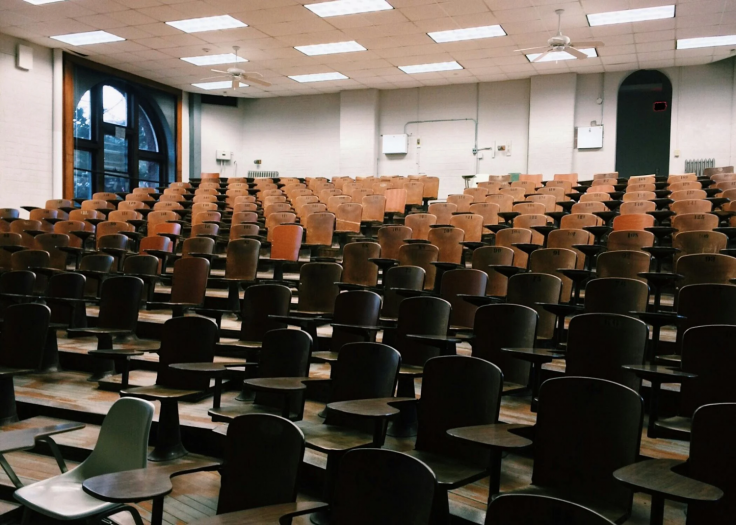Education has been one of the most fundamental issues throughout American politics, and 2020 proved no different as citizens were faced with vast differences in educational priorities from then-candidates Joe Biden and Donald Trump.
Both wanted to make changes in education, but the way they proposed to go about it differed since their political ideologies and visions concerning American education in the future showed great differences. In this article, we will run through the top educational priorities of Biden and Trump, assessing their intended plans and probable impacts on students and families of our great nation.

The Comprehensive Plan for Education by Joe Biden
The three pillars of Joe Biden's education plan had been access, affordability, and equity. Making community colleges, HBCUs, and MSIs free for families below $125,000 will be one of the central planks in his platform. The far-reaching proposal would expand the 2017 College for All Act which was originally introduced by Sen. Bernie Sanders and Rep. Pramila Jayapal to include private HBCUs and MSIs. Biden wants to invest $70 billion in institutions like these to update their facilities and educational infrastructure and make them more affordable.
He also wants to ensure that two years in community college and training programs are free of tuition. This would engender workforce development and reduce the financial burden on students who just want vocational training. The plan looks at investing $50 billion in workforce training programs and another $8 billion in phase upgrading community college facilities and technology. Further, he intends to double the maximum value of Pell, Thereby drastically increasing financial aid for low-income students.
He spoke directly to the question of student debt: Biden pledged that if COVID-19 were to have a second wave, he would be dedicated to erasing $10,000 of federal student loan debt for every American. He would reform the existing system of loan repayment such that payments and interest would be eliminated for those earning less than $25,000 per year, while for higher earners, payments would not be allowed to consist of more than 5 percent of discretionary income. Under this Biden plan, borrowers with at least two decades of steady payments would have the remaining debt forgiven.
Biden's vision extends into K-12, where he hopes to triple Title I funding to underfunded schools to begin alleviating educational inequality between districts and increasing the salaries of teachers in low-income areas. His plan details a surge in mental health workers, repairs to the infrastructure of public schools, and additional career resources via vocational training in middle and high schools. Significantly, one of the parts of Biden's education agenda is his monumental $775 billion caregiving and education plan to set up universal prekindergarten for 3-and 4-year-olds. This would foster much easier access to early childhood education and eliminate hefty costs for families.
READ MORE : Trump Proposes Granting Green Cards To Foreign Graduates Of US Colleges, Marking Shift In Immigration Stance
Trump on School Choice and Patriotic Education
During his presidency, Donald Trump prioritized promoting school choice and expanding charter schools, advocating that it empowers parents to select optimal educational environments irrespective of socioeconomic status. His administration was looking to increase funds and support for charter schools, seeing them as a very important alternative to regular schools.
Another staple of Trump's education policy was his touting of what he called "patriotic education." If anything, Trump has pushed for schools to teach something along the lines of "American exceptionalism." He wanted schools to have a curriculum that really brought out how great America has been and its bright spots. In response to systemic racism, Trump dismissed the concept as divisive and wrong-headed, referring to it as "a form of child abuse." He announced financing for a "pro-American curriculum" through the National Endowment for the Humanities to back up this initiative.
In contrast to the treatment of Biden's student debt, Trump's proposed 2021 budget was full of cuts and restrictions to federal student loan programs. While this budget made efforts to simplify the loan process, it faced sharp criticism for the probable burden shift onto students' shoulders.
What's Next?
The educational priorities of Joe Biden and Donald Trump reflect their broader political ideologies and approaches toward governance. Biden focuses on access, affordability, and equity, trying to broaden the opportunities to get an education for all Americans, especially from underprivileged backgrounds. Trump remains fixated on school choice and patriotic education, gesturing toward his belief in parental control of education and a nationalistic approach to the curriculum. This contrast of vision remains at the core of the educational agenda, and debate over the best direction forward continues to define American politics.
© 2025 University Herald, All rights reserved. Do not reproduce without permission.








